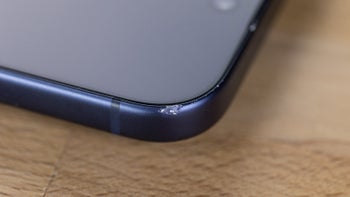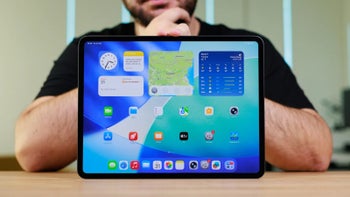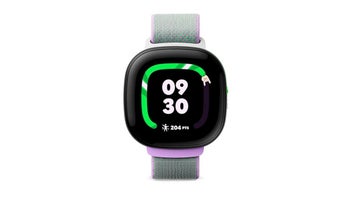One UI 8: Release date, new features, supported devices
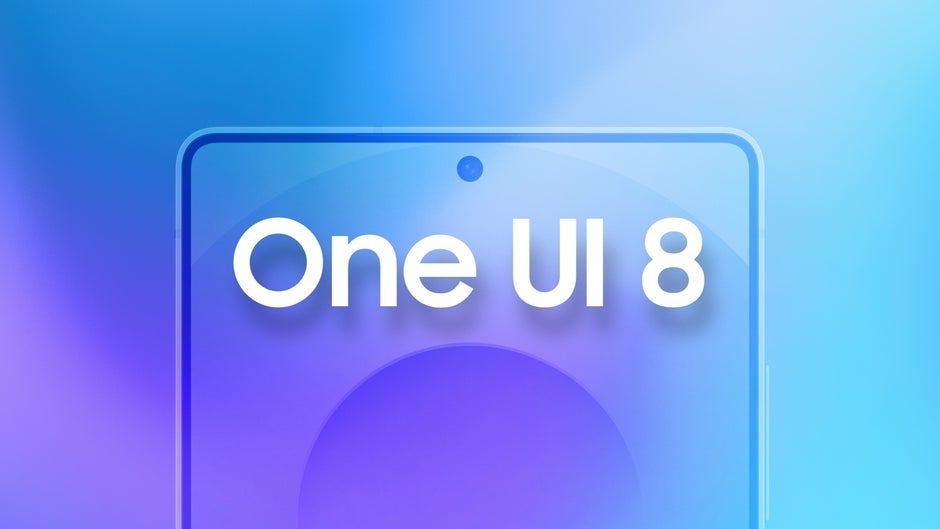
What we know so far
The One UI 8 is officially here, though not too many Samsung phones have it at the moment.
At first, the Galaxy Z Fold 7 and the Galaxy Z Flip 7 (announced in July 2025) came with it pre-installed, as well as the Galaxy S25 FE.
In mid-September 2025, the One UI 8 update started rolling out and flagships of the Galaxy S25 family began receiving it, although only in certain parts of the world (like Europe), with US-based owners receiving it a bit later.
Then, the Android 16-based One UI 8 will be rolled out en masse to older Galaxy devices gradually.
The new One UI 8 focuses on refining the user experience through smarter AI tools, polished design elements, and subtle performance optimizations rather than radical visual changes.
Jump to:
One UI 8 release date
One UI 8 was presented on July 9, when the Galaxy Z Fold 7 and Galaxy Z Flip 7 were unveiled at a NYC event.
The One UI 8 stable update has started rolling out in mid-September 2025 to numerous Galaxy devices, flagship and mid-range as well.
| One UI version | Release date |
|---|---|
| One UI 8 (Android 16) | July 9, 2025 |
| One UI 7 (Android 15) | April 10, 2025 |
| One UI 6 (Android 14) | October 30, 2023 |
You may have heard that One UI 7 was very late for Samsung Galaxy devices – and that's a fact. Now, One UI 8 is getting here on time.
Although Android 15 (upon which One UI 7 is based) debuted in October 2024, Samsung's stable One UI 7 rollout began in April 2025, starting with flagship devices like the Galaxy S24 series, Galaxy Z Flip 6, and Z Fold 6.
One UI 8 top new features

Galaxy One UI 8's new Now Bar. | Image credit – Android Authority
One UI 8 expands on the AI features first seen in the Galaxy S25 series to make Samsung devices feel more intelligent and responsive to your needs.
It doubles down on multimodal AI, which means the software can understand what you're doing by analyzing a mix of inputs beyond a simple text command. Multimodal AI means that the AI agent can understand what you're looking at on screen, what you're doing with your hands, or even your typical behavior.
Based on this context, it offers useful suggestions through features like the Now Bar, the small panel that shows things like music controls or call info, and Now Brief – a summary of relevant tasks or updates for your day.
File sharing is easier too, thanks to an improved Quick Share feature, which lets you send or receive files with just one tap.
The Reminder app is now smarter and more intuitive, with better organization and voice input. One UI 8 also supports Bluetooth Auracast, a newer audio sharing standard that allows several people to connect to the same audio stream – this one enables sharing music with friends or linking multiple earbuds – by scanning a QR code.
Samsung has improved alarm groups, letting users bundle and manage multiple alarms together more easily. You can even add a group of alarms to your home screen as a widget. For customer support, Samsung now allows NFC (tap-to-connect) and QR code scanning to register for service quickly, cutting down wait times at repair centers.
Samsung has improved alarm groups, letting users bundle and manage multiple alarms together more easily. You can even add a group of alarms to your home screen as a widget. For customer support, Samsung now allows NFC (tap-to-connect) and QR code scanning to register for service quickly, cutting down wait times at repair centers.
One UI 8 design changes
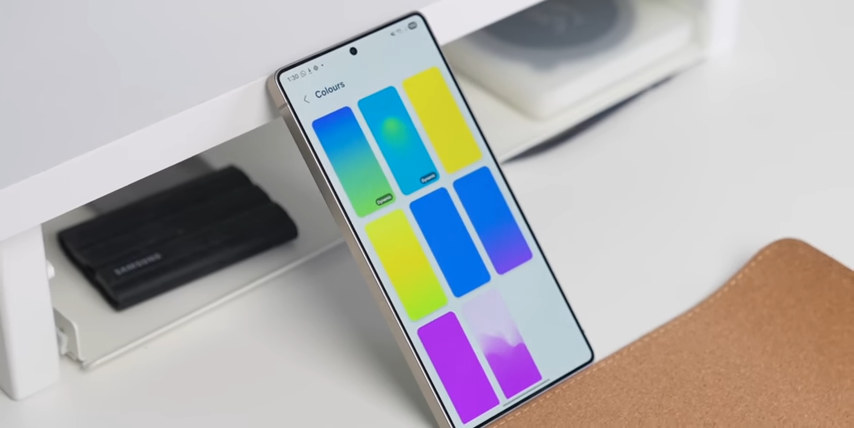
Galaxy One UI 8's new Now Bar. | Image credit – Android Authority
One UI 8 focuses on polishing the user experience through refined visuals and smarter interface behavior rather than drastic redesigns.
Animations are fine-tuned – for example, when closing multiple apps quickly, the transition no longer stutters or cuts off, resulting in a smoother and more cohesive visual flow.
The Now Bar, introduced in One UI 7, is getting a more functional design in One UI 8. It now works more consistently across different screens, including the external cover screen on foldables like the Galaxy Z Flip.
This makes it easier to view notifications, media controls, or call info without unlocking the phone. Additionally, the user interface adapts better to different device types, with a layout tailored to the unique form factors of phones, tablets, and foldables, improving how information is displayed and interacted with on each device.
One UI 8 performance and battery improvements
While the update doesn't highlight massive speed boosts or power-saving features, One UI 8 introduces more intelligent system behavior that indirectly enhances performance.
AI tasks are handled locally on the device when users prefer, reducing cloud dependency and potentially improving responsiveness while preserving privacy. The system is also optimized to work more efficiently with the device's hardware, which may help battery life, particularly on newer models like the Galaxy S25 or the Galaxy Z Fold 7. These behind-the-scenes upgrades, combined with interface efficiency tweaks, deliver a smoother, more stable user experience overall.
Follow us on Google News






